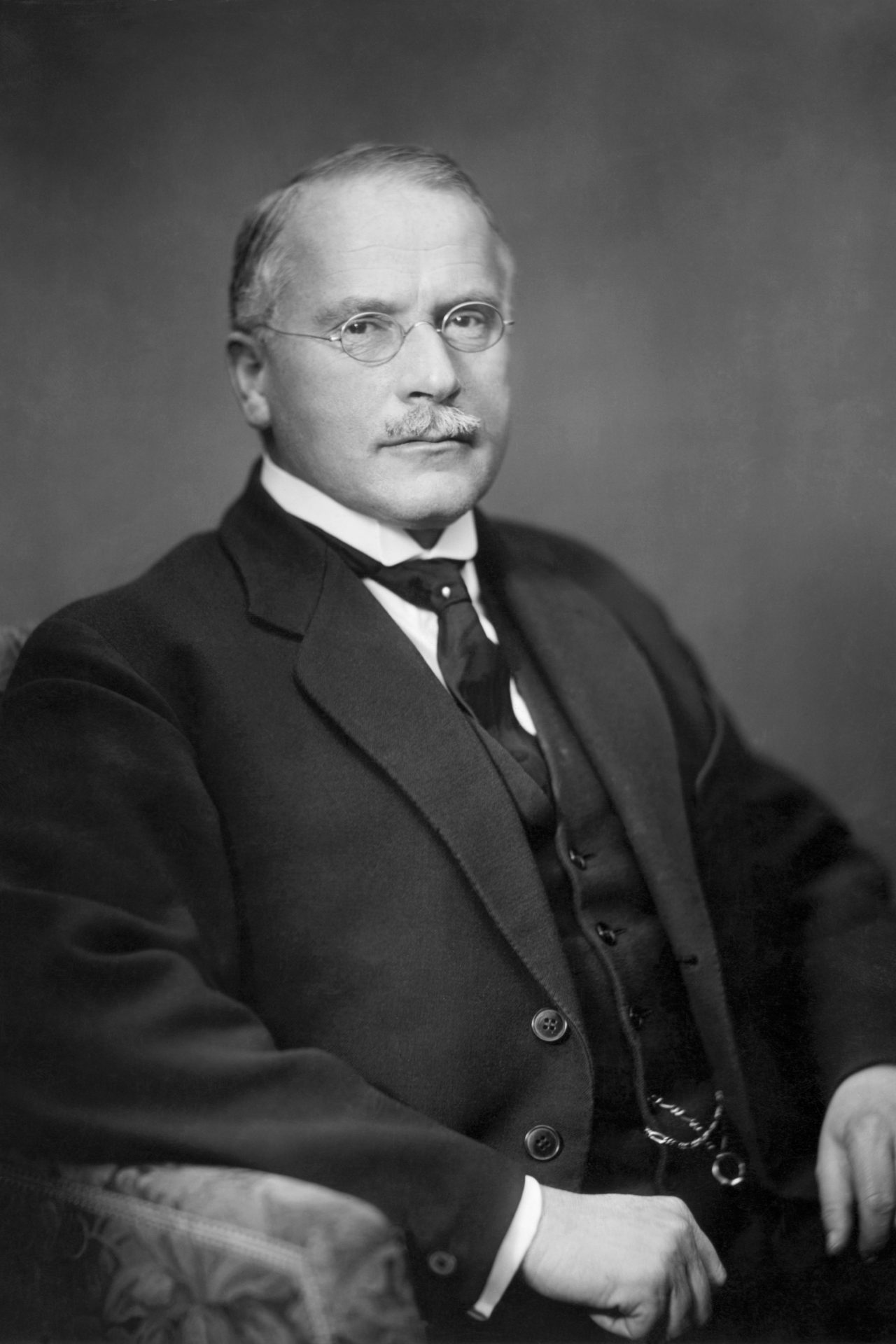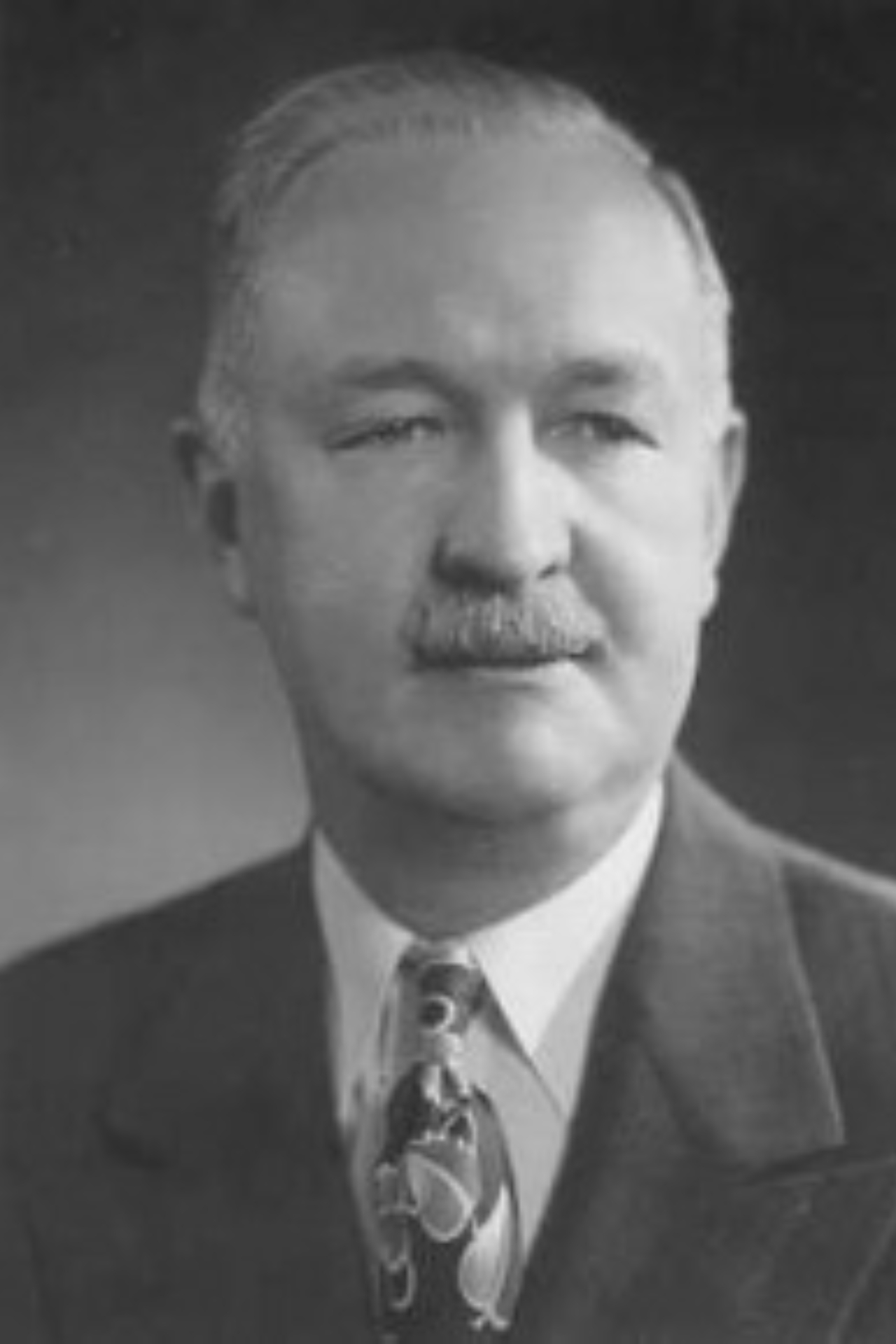Are you an introvert, extrovert, or ambivert?
Do you consider yourself an introvert, extrovert, or ambivert? Explore these three personality types in the rest of this gallery, and identify yours!
Beware of preconceived ideas! Introversion is often associated with shyness, while we imagine that an extroverted person is always talkative and looking for attention. But is this always the case?
In 1921, psychiatrist Carl Gustav Jung (pictured) defined introversion and extroversion in his book Psychological Types.
He says introverted people draw energy from their inner world by spending time alone, while extroverted people draw power from the outer world by being around others.
Introverts feel a need for quiet and solitude to recharge their batteries. Observant, they take the time to analyze the situation and think before engaging in social interactions. Thus, they favor the quality of exchanges over quantity.
Introverts enjoy solitary activities such as writing, reading, or painting, which allow them to feed their creativity in a quiet environment.
Photo: Towfiqu Barbhuiya / Unsplash
In their professional lives, they are often most productive when working independently, but they are also valuable collaborators in teams, thanks to their attentive listening and ability to reflect.
On the other hand, extroverts are easily able to build relationships and are naturally comfortable in new social interactions, even with strangers. They also do not hesitate to speak publicly, carried by their natural charisma.
Extroverts tend to enjoy stimulating activities that involve social interaction, such as parties, concerts, or team sports. At work, their contagious energy and natural enthusiasm can motivate their colleagues and thus energize a team.
Another personality type, often less known, is ambiversion. American psychologist Kimball Young (pictured) theorized in his 1927 'Source Book for Social Psychology.'
Photo: Wikimedia Commons
Ambiverts oscillate between extroversion and introversion. They are flexible. Depending on their state of mind, they may seek the company of others or need moments of solitude to recharge their batteries. They generally prefer small groups.
Ambiverts quickly adapt to various contexts. They know when to actively engage in a conversation and when to step back. The ideal job for an ambivert is one where they can alternate between days in the office and teleworking.
Psychology is not a binary science, and as psychiatrist Carl Gustav Jung pointed out in his previously cited work: “There is no such thing as a pure introvert or a pure extrovert. Such a man would be condemned to live in an asylum.”
So, are we all ambiverts after all? In the Wall Street Journal, Adam Grant, a researcher at Wharton University in Pennsylvania, estimated that half or two-thirds of the population are ambiverts.
More for you
Top Stories



























